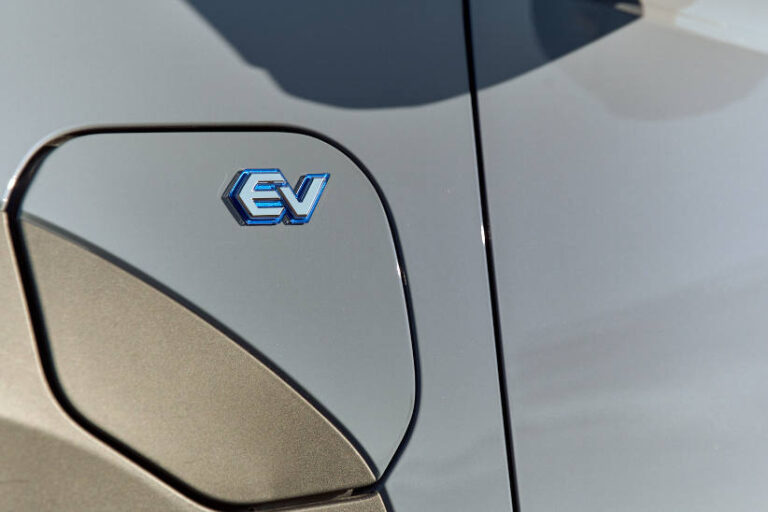The Labor budget announced on October 25 by Treasurer Jim Chalmers reiterated the Federal Government’s intention to cuts taxes which will make electric cars and trucks and other low-emission vehicles cheaper.
The Government introduced the bill to exempt battery, hydrogen fuel cell and plug-in hybrid electric vehicles from fringe benefits tax early in its term. Chalmers indicated the Government will also proceed with the previously announced proposal to remove import tariffs (now 5 percent) for electric and fuel-efficient vehicles.
“The measure is designed to increase the uptake of electric vehicles by businesses. In particular, it is hoped that this will increase the proportion of electric and fuel-efficient vehicles in business fleets,” said global law firm DLA PIPER in a review on the budget’s tax news published on the legal blog site Lexology.
“It is marginal but it will make a difference,” said Jake Whitehead, head of policy at the Electric Vehicle Council. To really drive up EV adoption in this country, he added, the government needs to introduce a fuel-emissions standard, similar to those of Europe, the UK and the US, where vehicle makers need to adhere to average limits on emissions of new vehicles sold.
Meanwhile, in order to qualify for the FBT and import tariff concessions, the vehicle must have a retail price (including GST) below the luxury car tax threshold for fuel efficient vehicles (currently $84,916). Another stipulation is that the vehicle must be first held or used on or after July 1, 2022.
“This should allow a vehicle ordered prior to 1 July 2022, but delivered after that date to be eligible,” said DLA PIPER in its review.
The measure is also expected to increase the use of employers offering salary sacrifice arrangements involving electric vehicles, said DLA Piper.
It goes on with great detail for those of us who are accountant-minded. “While the provision of a qualifying vehicle from an employer to an employee for private use will be exempt from FBT (and associated benefits related to running the car may also be exempt from FBT), the employer will still need to include the exempt electric car fringe benefits in an employee’s reportable fringe benefits amount – this reportable amount is taken into account for a range of other fiscal tests, including the Medicare levy surcharge and health insurance rebates.”
The bill introducing the FBT exemption contains specific definitions for battery electric vehicles, hydrogen fuel cell electric vehicles, and plug-in hybrid electric vehicles. Employers will need to carefully check that their proposed vehicles fall within these definitions to be exempt.
The measure will cost the Federal Government revenue nearly half a billion dollars over four years. It will be reviewed after three years.
The bill is expected to be turned into law before the end of the year.
Meanwhile, a parliamentary report, prepared by senators dissenting the bill, makes a point about long waits for EVs. They cited the Australian Finance Industry Association comment: “There are supply chain issues. So, there are significant waiting times for people who are purchasing zero- and low-emissions vehicles presently. So if you order a $49,000 car or a $60,000 car or an $80,000 car today many of them may not actually be available for use for up to 12 months.”
The Institute of Public Accountants has modelled the impact of the FBT cut for EV sales, based on an average EV price of $60,000, and forecast an additional 1705 EV sales in the year ending June 30, 2023, rising to 3,409 in 2023‒24, and to 4,688 the year after, thanks to the cut.
For comparison sake, the EVC reported in October that new EV sales in the nine months ended Sept 30 were 26,000.
The dissenters argue “it represents a very small percentage of new car sales and therefore will have a negligible impact on reducing Australia’s carbon emission from the transport sector.”






